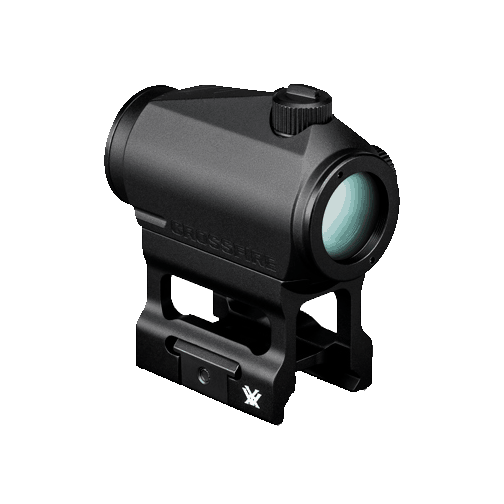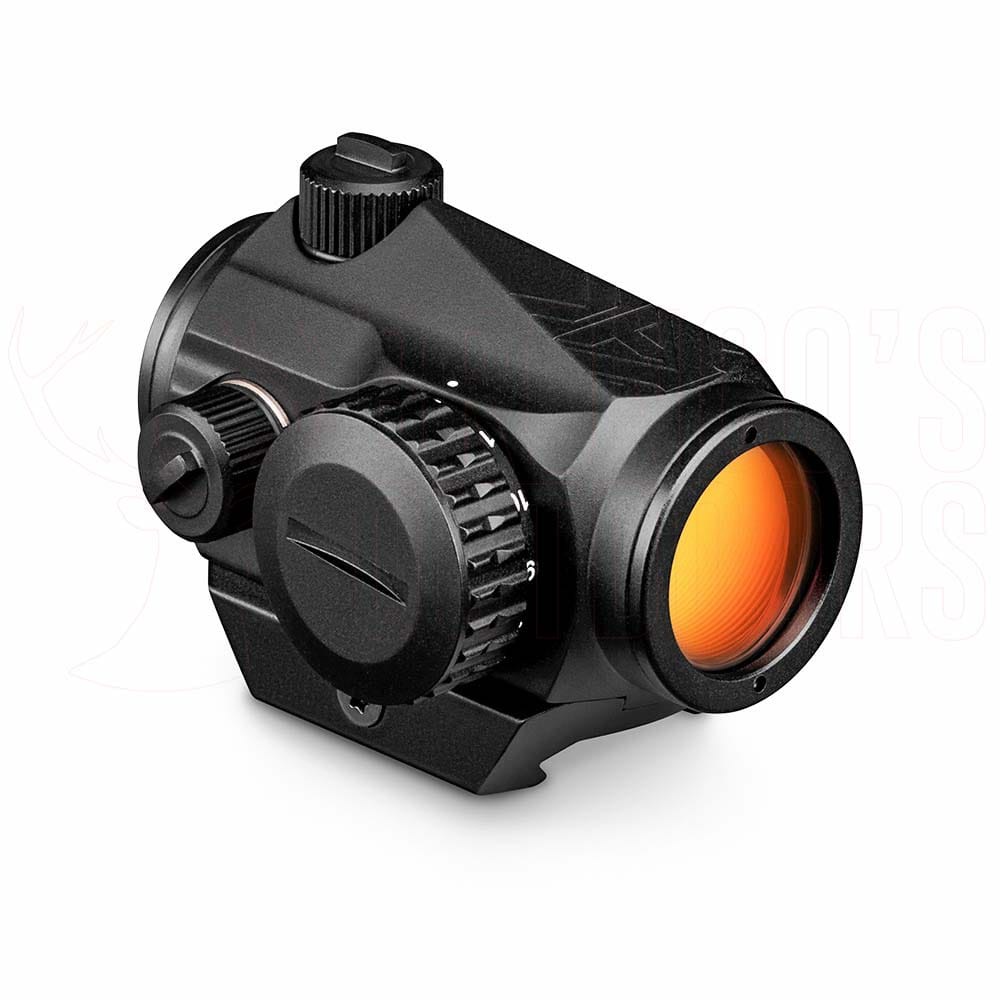

They’re practical on rifles and shotguns as well, and they match the conventional red dots in durability, their only drawback is the higher price and limited battery life. The technology allows for open sights to weigh under 1.5 ounces thanks to the very small housing, which for the first time opens a viable option for handgun use.

The open red dot design has become a very popular alternative to the recognizable tube sights we’ve grown used to. It has been proven time and time again that these sights not only improve your speed but also accuracy, making the investment well worth the money. There are no eye relief and parallax issues as with a magnified scope, nor any of the delays or misalignment issues with the iron sights.

With a red-dot, holographic, or any other type of sight, you’ve only got one point of reference – put the dot on the target, and shoot. I can’t tell you how many times I’ve had rabbits dart through a narrow clearing with my shots only serving as a send-off because I couldn’t acquire the front bead sight fast enough. We’ve all done it, and we all know that no matter how much you put it into muscle memory, it still increases the time it takes to fire. When you’re aiming down iron sights, you need to align the rear and front posts ideally before being able to take an accurate shot. But the fact is, these sights far outperform the iron sights, to the point where armies across the world are equipping even their standard infantry rifles with them. So why would you need a red dot in the first place? If you’ve never owned or extensively used non-magnified sights, you might assume they’re just an expensive toy to give the weapon a tactical look.


 0 kommentar(er)
0 kommentar(er)
